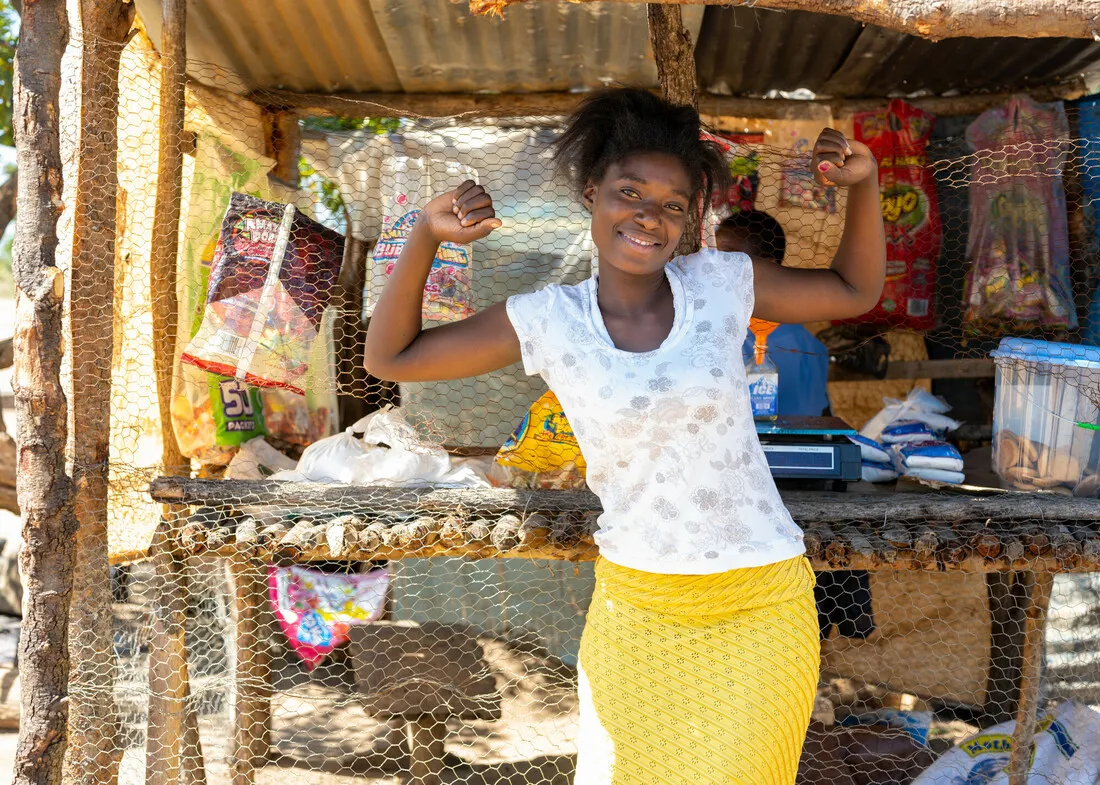Our Work
This year, CARE and partners worked in 121 countries, reaching 53 million people through more than 1,450 projects.

Women are a vital part of CARE's community-based efforts to improve basic education, increase access to quality health care, and expand economic opportunity for all.
Our program areas
Crisis
CARE helps people around the world during emergencies and ongoing crises.
Food and Water
Hunger and malnutrition remain the leading threats to public health worldwide.
Health
The story of global health in the last decades is the story of staggering inequality.
Education and Skills
Education and the right to work are the most powerful tools in overcoming extreme poverty.
Women and Girls
We cannot end poverty while inequality persists. Discrimination against women has negative implications for everyone.
Breakdown of CARE's program work by region
- Sub-Saharan Africa
- Middle East, North Africa, and Europe
- Americas
- Asia
Stay connected:
Text CARE to 227387 to stay connected.
This site is protected by reCAPTCHA and the Google Privacy Policy and Terms of Service apply.
Help CARE respond to emergencies.
Give today to provide disaster relief to communities in crisis around the world.
Donate now